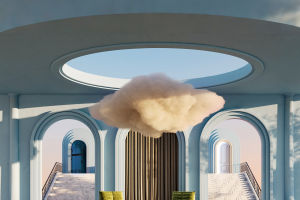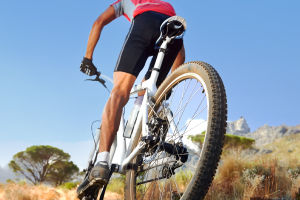Hey, Lykkers! Playgrounds are awesome places where kids can have tons of fun, make new friends, and get active. But, of course, safety is key! A well-designed and maintained playground is essential for keeping those little adventurers safe while they play.
In this article, we’ll walk through some simple tips to make sure the playground is a happy and secure space for everyone.
Smart Playground Design
Lots of Space and Good Visibility
A great playground layout means there’s enough space for kids to run around without bumping into each other. It also helps if adults can easily see everything from different spots. This way, it’s easier to keep an eye on all the kids, no matter where they are playing.
Age-Appropriate Areas
Not all kids are the same size or have the same abilities, so the best playgrounds offer activities for different ages. For example, smaller swings are great for younger children, while larger swings work better for older ones. That way, everyone gets to enjoy the playground safely.
Inclusive Play
A playground should be fun for every child. Consider adding ramps for easy access, sensory-friendly equipment, and benches that are easy for everyone to reach. These little touches can make a big difference in making sure no one feels left out.
Safe Surfaces for Play
Soft and Impact-Absorbing Materials
We all know that kids love to run and jump, but sometimes they take a tumble. To keep those falls from turning into something serious, playground surfaces should be made from soft materials like rubber mats or recycled rubber slabs.
These types of surfaces help cushion any falls and keep the fun going.
Regular Check-ups
Even the best materials need care! It's important to regularly check that the surfaces are in good shape. Any cracks or gaps should be fixed right away to avoid accidents.
Safety Zones Around Equipment
To keep things safe, make sure there’s a little extra space around play equipment. That way, if a child falls, they have some room to land safely. For bigger equipment, like climbing towers, more space might be needed.
Choosing the Right Equipment
Certified Equipment
When picking out playground gear, look for equipment that meets safety standards. Make sure everything has the proper safety certification. If something looks old or worn, it’s best to avoid it!
Smooth and Safe Materials
Play equipment should be smooth and free from sharp edges. Any screws or bolts should be tucked away or covered with safety caps so little hands don’t get hurt.
Non-Toxic Materials
When it comes to materials, make sure everything is safe for kids to touch. Some older equipment may have harmful chemicals, so it’s important to use safe, non-toxic materials that won’t harm the kids.
Stable and Well-Installed Equipment
Even the safest equipment can be dangerous if it’s not set up properly. Be sure that everything is firmly attached and steady. The ground should also be level and strong enough to handle weather changes.
Keeping It Safe and Clean
Avoiding Traps and Gaps
Check for any gaps in the play equipment that could catch kids’ clothes or fingers. Any openings should be small enough to keep little ones safe.
Rope and String Safety
While ropes and nets can be fun, they can also be a tripping or entanglement hazard. If these features are included, make sure they’re only in areas for older kids and are checked regularly to keep them safe.
Clear Away Tripping Hazards
Loose branches, rocks, and other debris can cause accidents. Keep the playground area clean and remove any tripping hazards. A smooth, even surface will help keep kids safe while they run around.
Supervision and Simple Rules
Stay Close and Keep an Eye Out
It’s important to supervise kids while they’re playing. Be sure to stay nearby, so you can help them if needed. It’s always good to have a seat close to the action so you can keep an eye on everything.
Teach Kids Safe Play
Set a few simple rules about how to use the equipment safely. Remind kids to take turns, wait for their turn, and be mindful of others. Putting up some basic guidelines at the entrance of the playground can also help everyone follow the rules.
Keep the Playground in Tip-Top Shape
Frequent Inspections
It’s a good idea to check the playground regularly to make sure everything is in good condition. After bad weather, take a look at the equipment and surface to make sure nothing is broken or dangerous.
Log Maintenance Work
Keeping a log of repairs and inspections is a great way to stay on top of any issues. This way, you’ll know what’s been fixed and when, and you can catch any recurring problems early.
Fix It Fast
If anything gets damaged, whether it’s a bench or a piece of equipment, fix it right away. Keep the area off-limits until the repair is done to prevent any accidents.
In Summary
Creating a safe and fun playground is all about a little bit of planning and regular care. When a playground is well-designed, properly maintained, and supervised, it becomes a place where kids can play freely and safely. Let’s make sure our playgrounds are always a cheerful, safe place for the kids to explore and grow!


